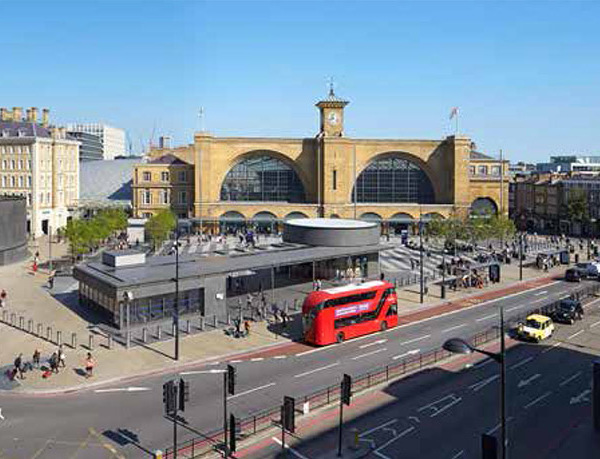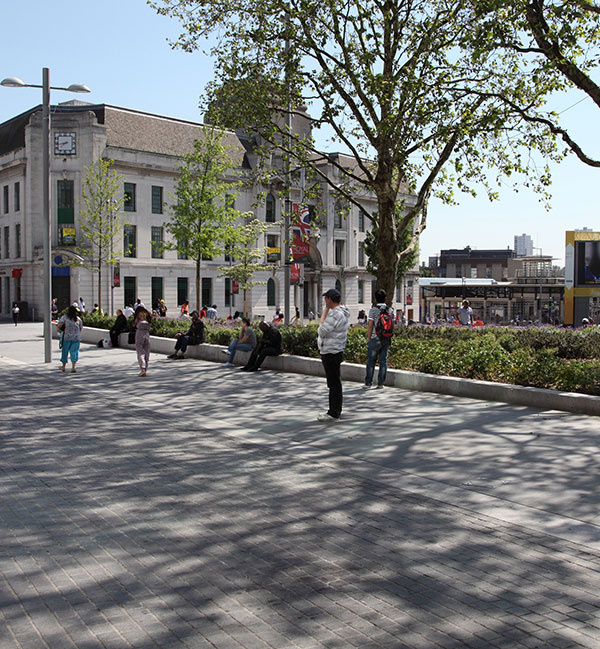Architects:Nakshabid Architects
Area:14170 ft²
Year:2016
Photographs:Bayejid Mahbub Khondker, Junaid Hasan Pranto, City Syntax
Chief Architect: Bayejid Mahbub Khondker
Landscape & Interior: Saidul Huq Juice
Structural Engineer: Sabbir Siddique
Electrical Engineer: Subodh Chandra Biswas
Plumbing Engineer: Prodip Kumar Haldar
City: Rangpur
Country: Bangladesh
Greenfield Factory of Karupannya Rangpur Limited sets a dimension to the working environment in this context which leads the workers to visit the factory on their weekends for recreation. Conventionally industries are a kind of space where we can’t think of any other quality than working but this factory unit is designed in a different vision. The whole compound as well as the workplaces designed to make the workers feel homeliness. Workers around the compound always feel always so relieved due to its design nature. The design idea was to create a kind workspace that is so close to the earth and also integrate the climatic resources at the utmost level into the whole compound.
Greenfield Factory of Karupannya Rangpur Limited is located in Robertsongonj, Rangpur, Bangladesh. Rangpur is in the Tropical Monsoon Climatic zone according to the Köppen-Geiger climate classification. This Greenfield factory unit started its journey in 1991 in Rangpur and presently manufactures carpets and other woven floor coverings, the majority of which are shipped to the European Union, the United States, and Asia. The entire site area of the project is 14170 square meters, and the overall built-up area is 24850 square meters. Their main factory building is a seven-story structure with a footprint of 3820 square meters. The project's construction phase began in 2013, and it began functioning in early 2017.
Bangladesh has a tropical climate with moderate winters from November to March and hot, humid summers from March to June. As being located in a monsoon climatic zone the monthly mean temperature of the project site is over 18 °C and Humidity remains high throughout the year. Climate responsive design of the green field factory building for Karupannya Rangpur Ltd. is a pioneering example in this region. As sustainable measures and climate responsiveness was the primary concern of the project, it achieves perpetual beauty as well as new dimension while responding to the primary concerns.
The factory is designed as an energy-efficient and climate-responsive structure that can save up to 40% on energy consumption. Energy efficiency, water efficiency, optimal use of daylight, plantation, and eco-system preservation are the sustainable design elements being implemented. The south, north, and east facades are kept open to let the air circulate through the structure, keeping the working climate naturally beneficial. Moreover, the front face on the south side includes four-foot-deep apertures and verandas, which are similarly covered with layers of plants. The northward breeze blowing through the plants and water reservoirs enters the building through four circular voids, keeping the internal spaces 5 degrees cooler than the outside. The whole complex has no air conditioning and very few numbers of electric fans. Soft natural daylight enters the indoor spaces through the plants of the façade and multiple central atriums. Strategically created vertical garden reduces solar heat gain and helps to improve air quality. Also, plants were chosen according to the monsoon climate to support the ecosystem.
Buildings frequently disrupt the relationship between humans and nature, as well as the surrounding ecosystem. The design of the main factory building was successful to establish close bonding between humans and nature while supporting the eco-system of the building surroundings. The idea was implemented to support the climatic scopes as well. Overall design emphasizes the rural contextual archetype like using courtyards, gardens, water bodies, and traditional climatic solutions as well as preserving rural vibes. Exterior facades are cast concrete with a finish of lush green. Interior walls are of locally produced exposed brick and concrete. The walls for product display and retail areas in the Display rooms are decorated with clay sculptures and ambient lighting. There are thousands of small and big sculptures on the entire premises. Miniature female sculptures decorate the stairs and interior walls. Workers in this factory feel highly enthusiastic and motivated to work in such a beautiful and environmentally friendly workplace.
Moreover, there is an attractively constructed "Nandini Park" on the rooftop of the daycare facility where many workers eat their lunch daily. Nandini's variety of flowers and plants assortment keeps them looking fresh and happy all day. In the garden, the linear park, the lily pond, and the podium in front of the factory, they can gossip and spend time in smaller or larger groups. Such brief respites in the midst of hectic working hours fill them with delight. A beautiful front yard garden design in the front zone of the site is an eye treat to everyone while entering the compound. This front yard also includes a splendid sculpture called “Bonolota” to represent the visual strength of women's empowerment as eighty percent of the factory's 5000 employees are women. The job opportunity of such permanent infrastructure has given the local women a sense of security and unleashed freedom. Thus, women's importance in the family has been escalating. Besides the working area, the factory comprises of a medical center, grocery shop for employees, food canteen, prayer room, ATM Booth, etc.
This Greenfield Factory it’s not just a factory or workplace to the workers, it’s rather been like a home to them. A home of their own with a touch of green and earth. This unit is a combination of workplace and recreation space for the mass workers. A glimpse of the context of this region. The Vertical green stalks bending upon the water bodies, touching the water slightly, remind the identical image of the ponds of rural Bangladesh.
{{item.text_origin}}












